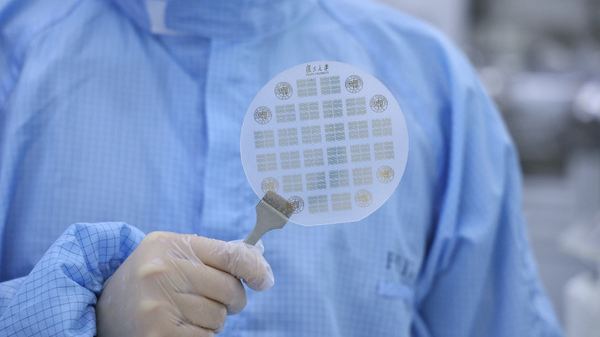As silicon chips near their physical scaling limits, scientists are exploring ultra-thin designs to enhance computing capabilities.
A Chinese research team has created an extremely thin semiconductor microprocessor named WUJI, a 32-bit RISC-V processor built using two-dimensional semiconductor materials.
RISC-V is a processor architecture that is open-source, offering flexibility in design and efficiency in power usage.
The WUJI chip contains 5,900 transistors and a full standard cell library with 25 different logic units. It can process up to 4.2 billion data points and supports programming up to 1 billion instructions, according to Zhou Peng from Fudan University.
The 2D logic circuits and optimized fabrication process were developed in line with ongoing innovations in silicon integrated circuit technology, as outlined in a recent study published in Nature.
According to Zhou, the research team applied advanced AI algorithms to precisely control every stage—from material development to system integration.
Their innovative design and production strategy successfully addressed key challenges in wafer-scale integration of 2D circuits, resulting in a breakthrough microprocessor prototype that showcases the vast potential of two-dimensional integrated circuit technology beyond traditional silicon.
Related Posts

















